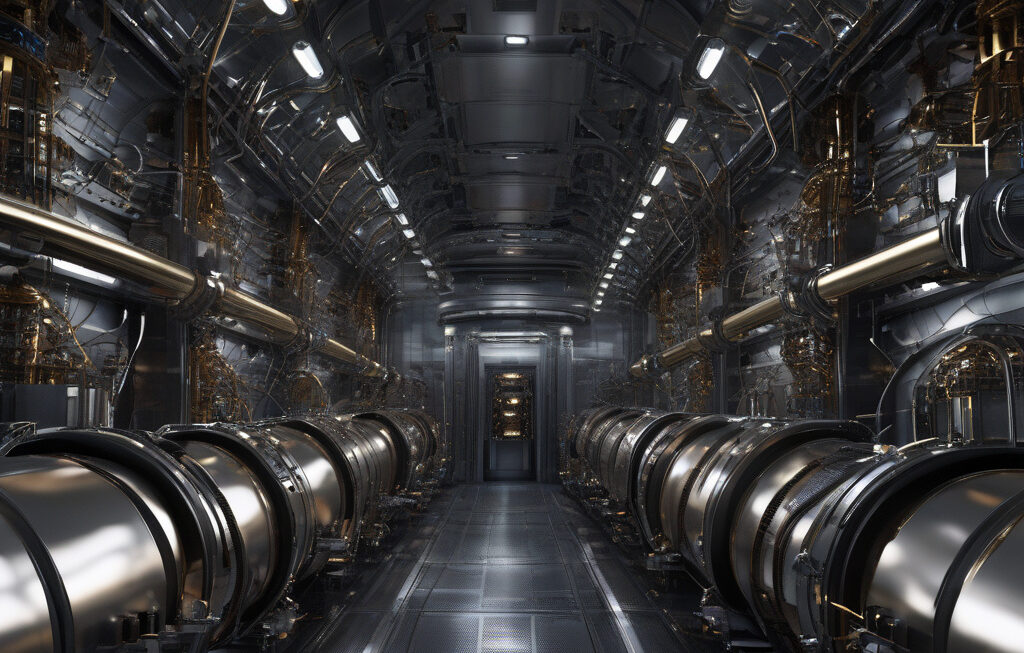Muon g-2 Experiment: Unveiling the Confirmatory Magnetic Anomaly in Muons
Final results from the Muon g-2 experiment have recently been disclosed, presenting the scientific community with the most precise measurement of muons’ magnetic anomaly to date. This groundbreaking discovery sheds light on the peculiar behavior of these subatomic particles, offering invaluable insights into the fundamental forces governing our universe.
The Muon g-2 experiment, conducted at the Fermi National Accelerator Laboratory (Fermilab) in the United States, has been a focal point of scientific curiosity for years. By subjecting muons to intense magnetic fields and scrutinizing their behavior with unparalleled precision, researchers aimed to unravel the mysteries surrounding the anomalous magnetic moment of these elusive particles.
Muons, often referred to as the “heavier cousins” of electrons, possess a property known as the magnetic moment, which influences how they interact with magnetic fields. However, experimental observations have revealed a minute deviation, known as the magnetic anomaly, between the predicted and observed values of this property. The discrepancy hints at the existence of unknown particles or forces that could revolutionize our understanding of particle physics.
The recent announcement of the final results from the Muon g-2 experiment marks a significant milestone in the quest to decipher the enigmatic nature of muons. Scientists have confirmed that the magnetic anomaly detected in muons aligns closely with earlier measurements obtained at the Brookhaven National Laboratory in the 2000s. This consistency reinforces the validity of the anomaly and bolsters the scientific community’s confidence in the Standard Model of particle physics.
Moreover, the unprecedented precision achieved in this latest experiment not only corroborates previous findings but also opens new avenues for theoretical advancements. By refining our understanding of the magnetic properties of muons, researchers can refine theoretical models and explore the possibility of new physics beyond the established framework.
The implications of these findings extend far beyond the realm of theoretical physics, with potential applications in diverse fields such as quantum computing, material science, and even medical diagnostics. Muons have already proven instrumental in imaging technologies for non-invasive exploration of materials, and further insights into their behavior could pave the way for innovative technological developments.
As we reflect on the culmination of the Muon g-2 experiment and its resounding success in confirming the magnetic anomaly in muons, we are reminded of the boundless potential for discovery that lies at the intersection of scientific innovation and empirical inquiry. The relentless pursuit of knowledge, exemplified by endeavors such as this experiment, propels humanity towards a deeper understanding of the universe and our place within it.
In conclusion, the final results of the Muon g-2 experiment stand as a testament to human ingenuity and the insatiable curiosity that drives us to unravel the mysteries of the cosmos. The confirmation of the magnetic anomaly in muons not only validates decades of scientific inquiry but also beckons us to explore new frontiers of knowledge, where the unknown awaits to be discovered.
#MuonG2Experiment, #MagneticAnomaly, #ParticlePhysics, #ScientificDiscovery, #InnovationNewsNetwork












